Spreading Vietnamese cuisine internationally
The teacher and student exchange program between Saigontourist College of Tourism and Hospitality and Békéscsaba Vocational Training Center (Hungary) lasted for one month, from September 22 to October 21, 2025 with the participation of 4 students and 1 lecturer.
For Ms. Nguyen Thi Que (53 years old), currently a head chef at a restaurant in Ho Chi Minh City, a student of the school, the dream of studying abroad has now come true.
Her biggest impression was the hospitality and enthusiasm of the Hungarian teachers and friends. Not only were they warmly welcomed, but each day she and her students learned a new dish – from traditional cakes, soups, to typical stews. Each recipe was closely linked to ingredients, origin and European culture. “This is knowledge that is difficult to learn even if you pay money,” Ms. Que shared.
Not only studying, Ms. Que and the group of students also have the opportunity to introduce and promote Vietnamese cuisine. Ms. Que said that in the near future, she will directly instruct teachers and friends in Hungary on how to cook beef pho, spring rolls, and Hanoi vermicelli with grilled pork - dishes imbued with the Vietnamese spirit. "The group has prepared the ingredients very carefully to instruct them on how to make delicious Vietnamese dishes. If there is still time, the group will also introduce broken rice - a familiar dish of the Vietnamese people. Teachers and friends in Hungary are very excited to learn how to make and enjoy delicious Vietnamese dishes," Ms. Que added.
What impressed Ms. Que was the teaching method in Hungary, which is very similar to that in Vietnam, but different in the way it uses fresh ingredients to create natural sweetness, instead of additives. Teachers are willing to double the class time to explain thoroughly to students. “Food is like bricks, and this trip helped fill in the gaps in my knowledge,” she confided.
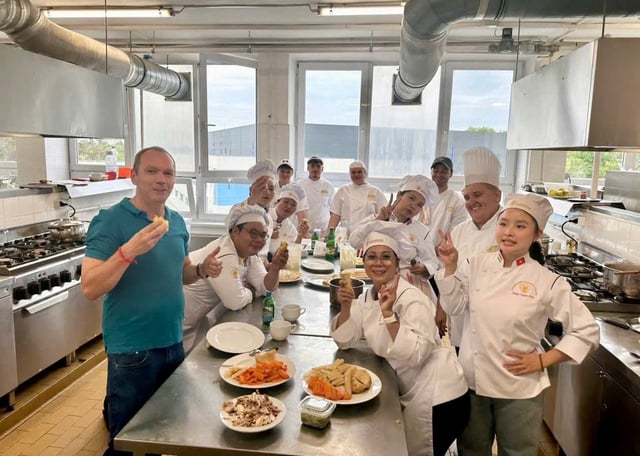
A Hungarian cuisine class for students of Saigontourist College of Tourism and Hospitality at Békéscsaba Vocational Training Center (Hungary)
PHOTO: NVCC
For young student Pham Hoang Bao Tran (19 years old), the youngest in the group, the most memorable experience was the torchlight festival in Békéscsaba. The image of thousands of students wearing uniforms, carrying signs, school mascots and shouting their school's name together created a united and exciting atmosphere. "When the whole neighborhood lit up in torchlight, then listened to music, danced, and learned about the city's history, I felt very impressed and happy," Tran shared.
As for lecturer Nguyen Hoang Anh, this trip helps students directly come into contact with a rich culinary culture. After more than a week, students learned to prepare about 6 Hungarian dishes, from traditional soups, stews with chicken and pork, to elaborate layered cakes.
As a lecturer in hotel management, specializing in training communication skills, this time Ms. Hoang Oanh had the opportunity to accompany the culinary department to support. Previously, she rarely participated directly in the kitchen, but now when studying with the students, she saw the chef's dedication and learned to appreciate the cooking profession more. "In the coming days, I hope that the students will continue to learn more sophisticated and delicate Hungarian dishes as well as have more cultural experiences. I also hope that there will be more opportunities to learn from the Hungarian hotel industry to bring back and share with students," Ms. Hoang Anh added.
Keeping Vietnamese meals in Europe
Lecturer Hoang Anh said that besides studying, the students also experienced daily life in Hungary. The group often cycled or walked to school because the dormitory was only about 5 minutes away. On weekends, the group cycled to the city center to buy vegetables and fruits - something familiar to the locals but interesting to Vietnamese students. In addition, the group also had the opportunity to visit fortresses, museums, art exhibitions...
For Ms. Que, maintaining Vietnamese meals in a foreign country is indispensable to ease homesickness, and to help the body get used to the local cuisine when it has not yet fully adapted to it. The head chef brought rice, dried fish and a small rice cooker from Vietnam to cook for herself. On weekends, the school also distributed food boxes containing vegetables and eggs to the students. There were days when the whole group cooked their own home-cooked meals with boiled vegetables, fried fish and salty braised ribs. “Those are precious memories, perhaps only once in a lifetime,” Ms. Que emotionally recounted.
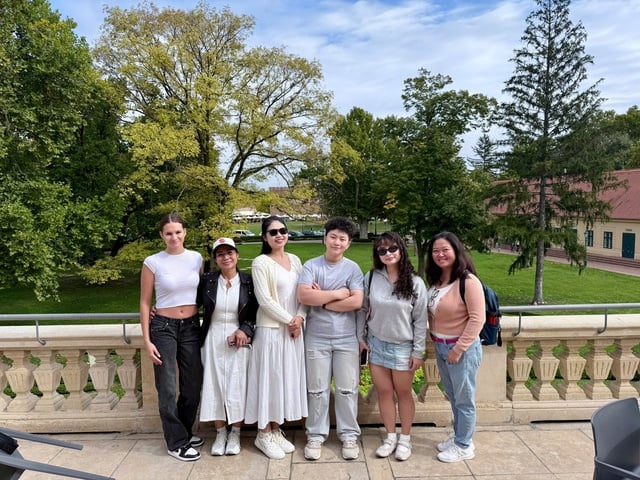
Besides studying and cultural exchange, the group of students, lecturers and Hungarian friends had interesting experiences in Europe.
PHOTO: NVCC
Fortunately, the language barrier is not too great. Thanks to a basic foundation in English, students can communicate with teachers, sometimes using Google Translate when needed. For Ms. Hoang Anh, this is an opportunity for students not only to learn a profession but also to practice communication skills, adapt and broaden their horizons.
Looking back on the journey, both students and lecturers have the same opinion: studying in Europe is not only about acquiring culinary knowledge but also a valuable cultural experience, helping students to be more confident in their future careers, asserting themselves and spreading the value of Vietnamese cuisine to the world.
Source: https://thanhnien.vn/lan-toa-huong-vi-mon-ngon-viet-nam-o-troi-au-tu-mot-khoa-hoc-185250930225417002.htm


![[Photo] President of the Cuban National Assembly visits President Ho Chi Minh's Mausoleum](https://vphoto.vietnam.vn/thumb/1200x675/vietnam/resource/IMAGE/2025/10/1/39f1142310fc4dae9e3de4fcc9ac2ed0)



![[Photo] Hanoi morning of October 1: Prolonged flooding, people wade to work](https://vphoto.vietnam.vn/thumb/1200x675/vietnam/resource/IMAGE/2025/10/1/189be28938e3493fa26b2938efa2059e)
![[Photo] Keep your warehouse safe in all situations](https://vphoto.vietnam.vn/thumb/1200x675/vietnam/resource/IMAGE/2025/10/1/3eb4eceafe68497989865e7faa4e4d0e)
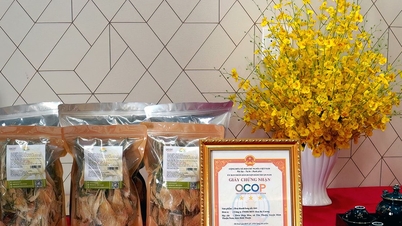

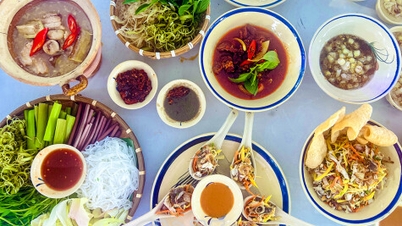








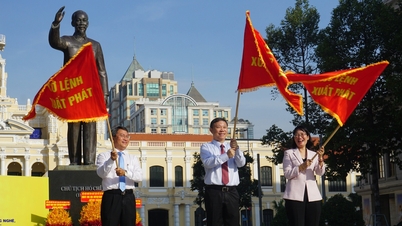

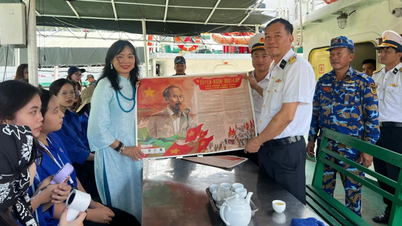

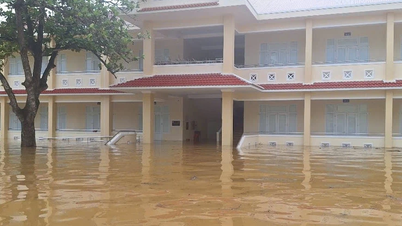


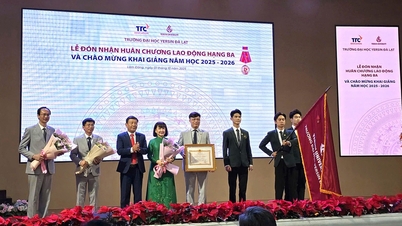
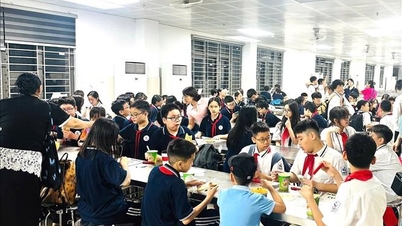





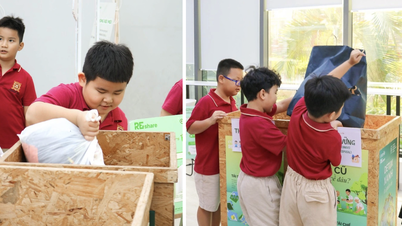
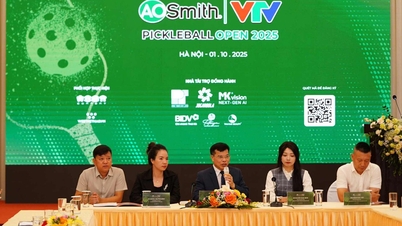
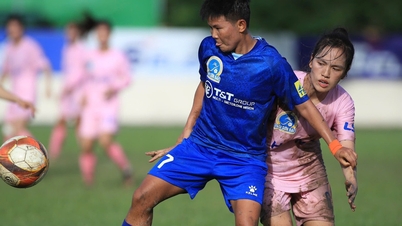

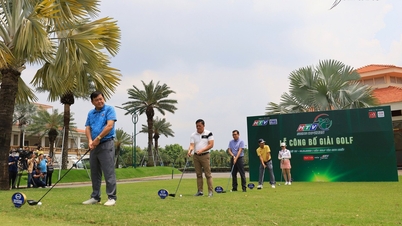
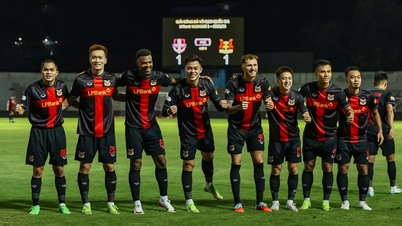






































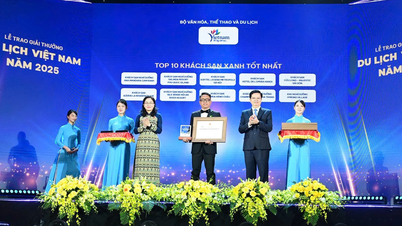

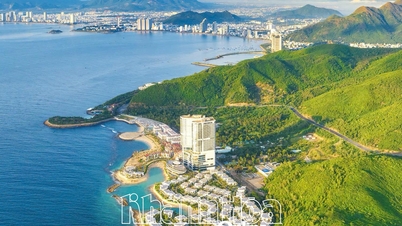
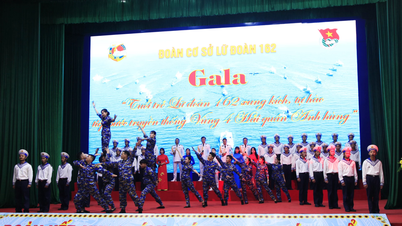
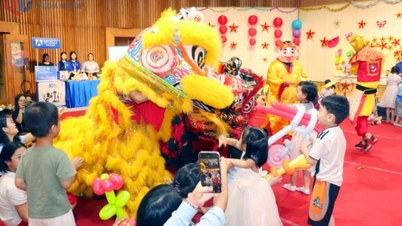

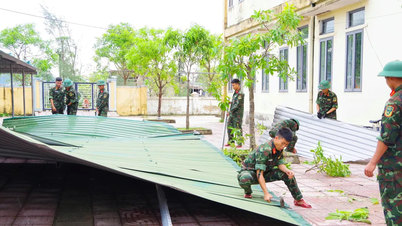















Comment (0)